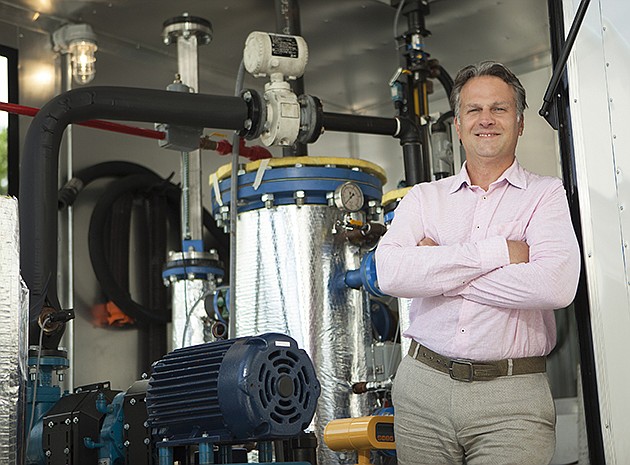- December 13, 2025
-
-
Loading

Loading

Executive summary
Company. MagneGas Corp. Industry. Technology Key. Firm seeks to make good on its promising technology.